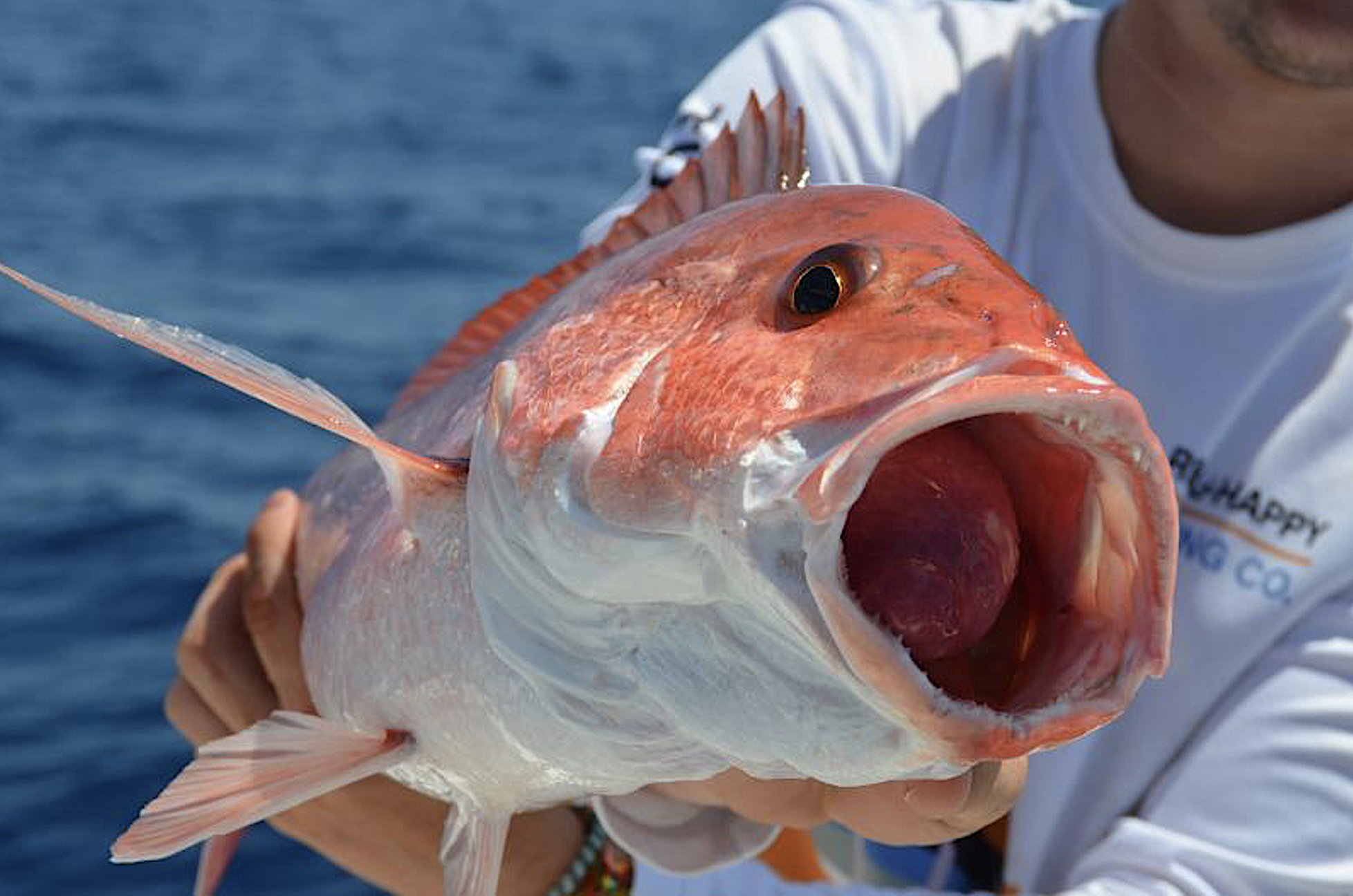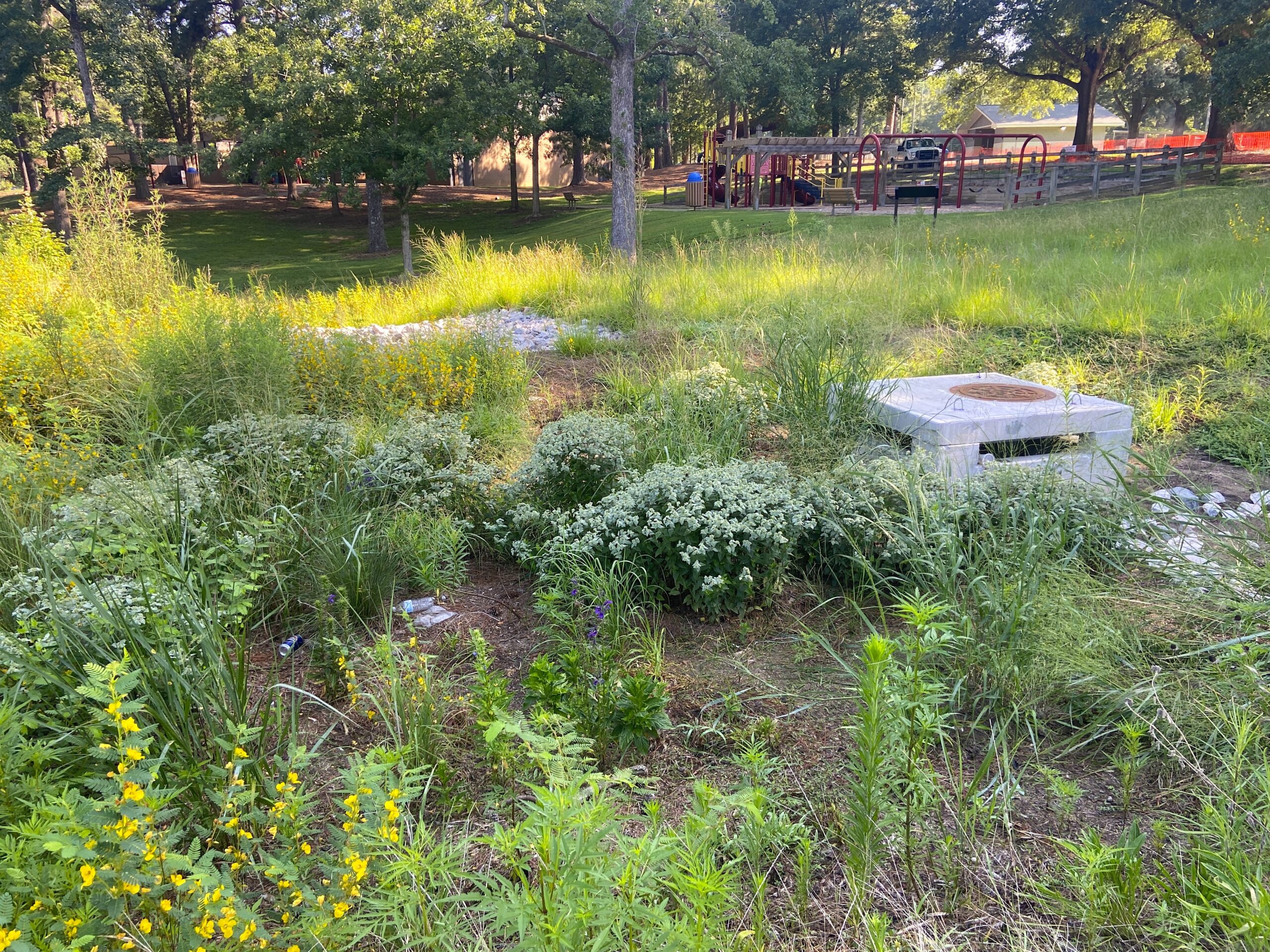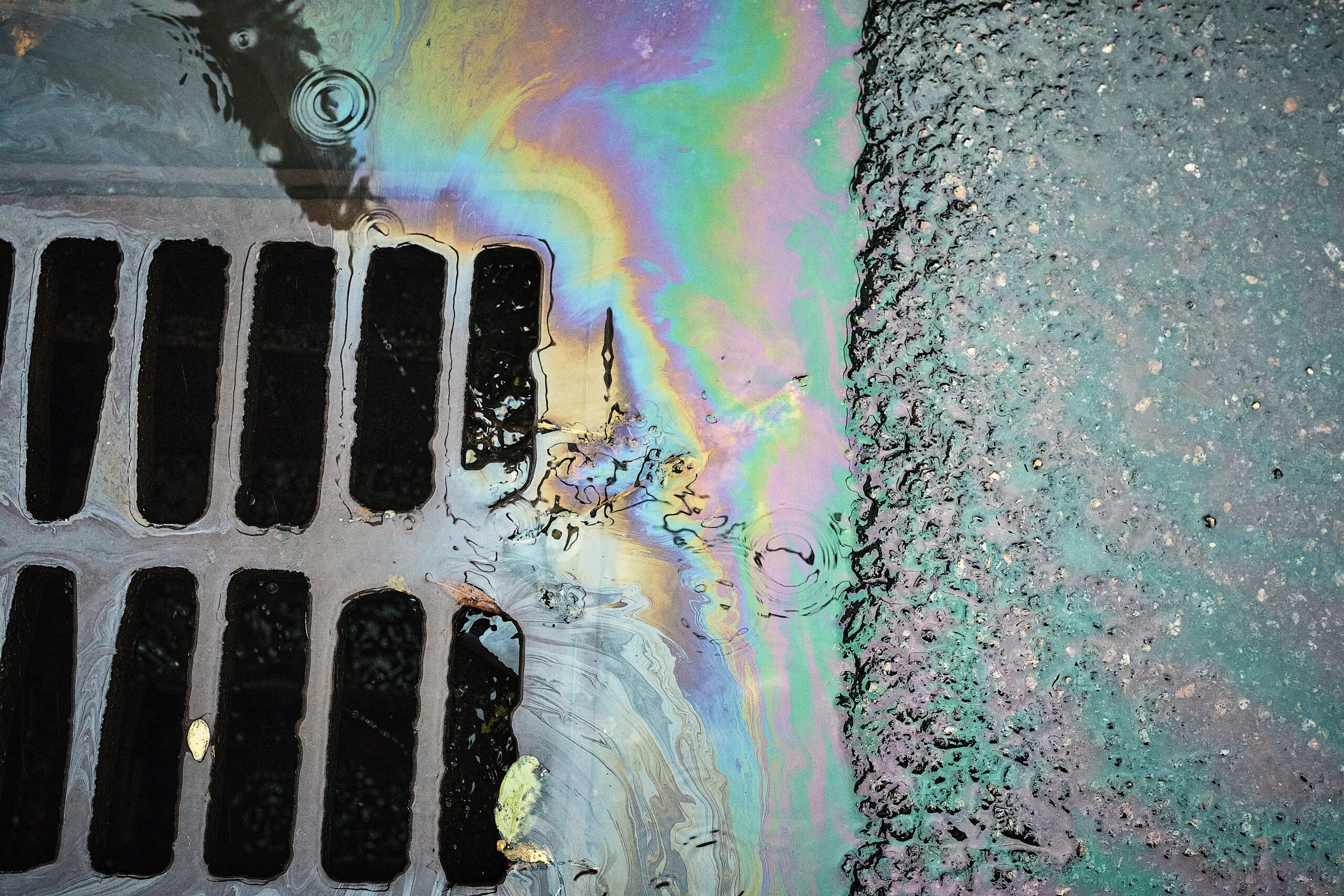Coast to Coast
Community Engaged Internships

North Carolina Sea Grant has led a national effort that matches passionate undergraduate students with the needs of coastal and Great Lakes states.
“Hosting students from the Community Engaged Internship Program has provided organizations with fresh perspectives and driven individuals who are eager to contribute,” says Dynestie Robinson, who has served the past two years as coordinator for the program. “Our interns not only have enhanced their skills but also brought innovative solutions and a strong commitment to community engagement and environmental stewardship.”
In 2020, the National Sea Grant Office established the Community Engaged Internship Program, which Jane Harrison, North Carolina Sea Grant’s coastal economics specialist, helped co-found. Robinson runs the program out of North Carolina Sea Grant’s Raleigh office, providing peer networking and mentoring to interns who Sea Grant’s coastal and Great Lakes programs sponsor.
Watch this short video about Sea Grant internships:
“Community Engaged Interns have taken active roles in place-based research, education, outreach, and communication,” Robinson says. “In North Carolina alone, this has included a wide range of projects, including revitalization and renewal in Raleigh, science education in Cumberland and Robeson counties, coastal communication for the North Carolina Oyster Trail, and community resilience with the Core Sound Waterfowl Museum & Heritage Center.”
This year’s North Carolina projects have supported water quality management and engineering in Rocky Mount, flood mitigation in Wilson, and public science events with the NC Museum of Natural Sciences in Raleigh.
Students participating in the 10-week internships received a competitive stipend and an all-expenses-paid professional development field trip with their peers from across the country. In July, North Carolina Sea Grant hosted the gathering for 2025’s interns.
What follows is a sampling of this year’s projects across the country in the students’ own words.

Students in Their Own Words
My project aims to draw attention to the seagrasses in the Indian River Lagoon. We strive to engage the public in seagrass science surveys, and we are doing so through public outreach, a Canvas course, and blog posts. Over the past seven years, a massive die-off of seagrass has occurred in the Indian River Lagoon, and we aim to identify what has regrown, as seagrass provides a crucial habitat for juvenile sea life. Additionally, throughout the state of Florida, seagrass has been estimated to provide approximately $44.6 billion annually by supporting commercial and recreational fisheries.
— ELLA ARMBRUSTER
Florida Sea Grant/University of Florida Institute of Food and Agricultural Sciences
I spent this summer supporting collaborative work to restore oyster reefs and strengthen the state’s oyster industry, promoting the considerable ecosystem services these critters provide. I supported daily tasks on the state’s 12 small but mighty oyster farms, lent a hand in raising baby oysters with conservation organizations, and ran an experimental trial evaluating oyster cage bird deterrents. I also developed a marketing resource kit and interactive map for local farmers about these collaborative projects and their products. It was a joy to be part of a network of people working to improve water quality, restore habitat, and produce delicious oysters all at once.
— EMMA BARKER
New Hampshire Sea Grant
For my internship, I’m working with the South Carolina Sea Grant Consortium to help translate complex research on emerging contaminants, like PFAS, into clear and accessible information for communities across the Southeast. Through funded researcher interviews, public outreach materials, and collaborative projects, such as private well sampling with South Carolina Department of Environmental Services, I am working to bridge the gap between science and the public. I hope to empower communities with knowledge about environmental and public health risks and support more informed decision-making.
— MARY LIDE WALLACE
South Carolina Sea Grant Consortium
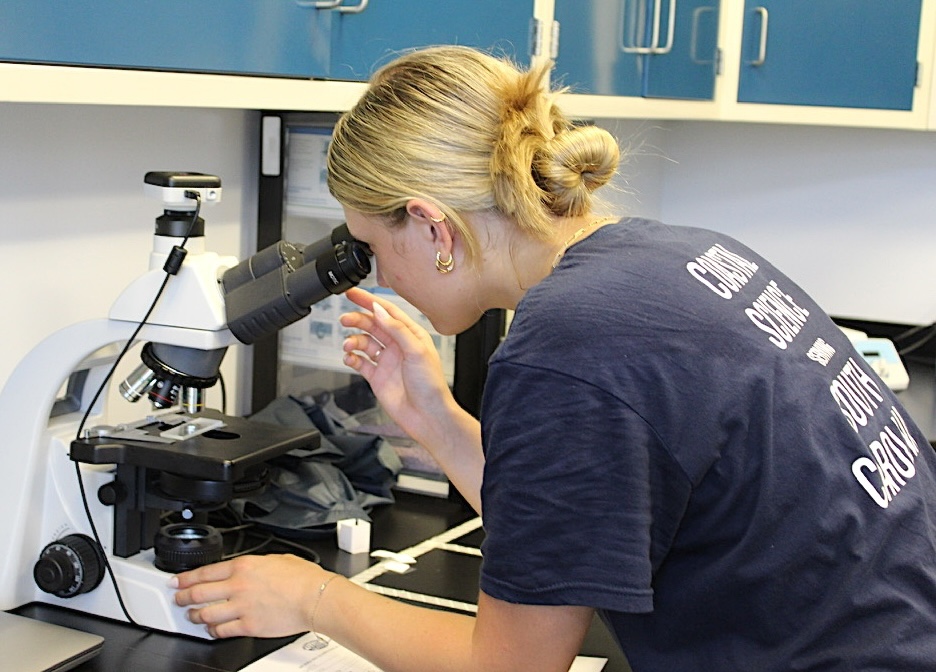
There are natural and nature-based ways to protect shorelines, such as wetland ecosystems and living shorelines, and more conventional methods of protecting them, such as seawalls. My team and I go to coastal areas in New York City to assess the environmental conditions of shorelines that are protected by wetlands and other natural or nature-based features. In the field, we monitor a broad range of parameters like species, elevation, and the type of rock. We take social surveys, and we do some desktop work, like mapping out land and real estate influenced by these coastal areas. Collecting this data is important to evaluate how effective natural and nature-based methods of shoreline management are, especially compared to more traditional solutions. This data we collect over the summer will reach a network of shoreline managers and stakeholders to better inform how New York can be protecting its waterways and coastal areas.
— JANICE YOHANNAN
New York Sea Grant
I’m working on an organic artificial bait feasibility study. Under the mentorship of Gabe Dunham, I’m developing and administering a survey to determine how much bait is used by commercial and sport fishermen, where they buy it, how much they purchase, and from where the bait is sourced. The results of this work will help identify supply and demand for bait and how much bait people catch versus buy. Such a comprehensive analysis has not been conducted before, and the information will help answer industry-relevant questions about the supply chain and seafood product utilization.
— HANNAH BOGDAN
Alaska Sea Grant
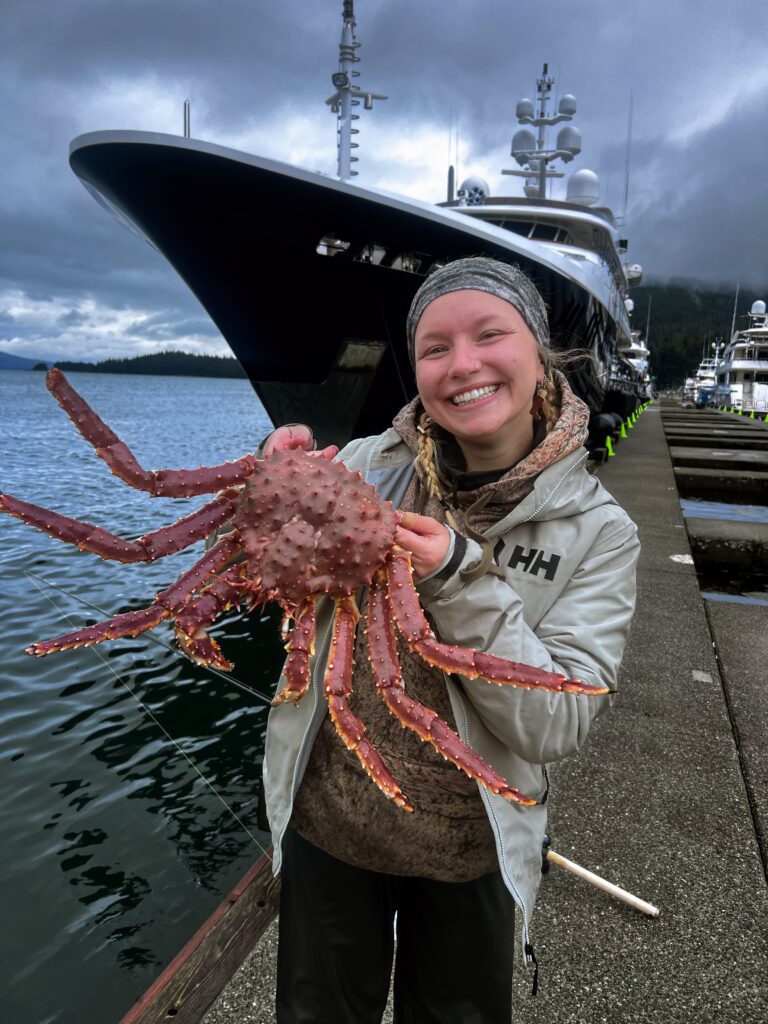
A major highlight of my internship was working with the local YMCA Environmental Summer Camps of Bay City and Palacios. I helped lead educational programming focused on marine ecosystems, including sea turtle conservation, “nurdle pollution” (small plastic pellets in the environment), and hands-on activities like fishing and wildlife identification. These programs introduced kids to coastal stewardship in a fun, engaging way and gave me valuable experience in youth environmental education. I also toured several local aquaculture operations. Building on that experience, I helped produce and edit a documentary-style video that showcased the importance and diversity of local aquaculture. One of my favorite projects was contributing to the development of the Students Engaged in Ecosystem Discovery program, an initiative that connects high school students with conservation projects in partnership with Texas Master Naturalists.
— TRINITY JONES
Texas Sea Grant
I am exploring the role of environmental stewardship using modern science and traditional ecological knowledge from the indigenous community of Catalina Island. My goal is to help people understand the importance of kelp in California and beyond. It is the most biodiverse ecosystem in the ocean, producing much of our oxygen. Since the moment people arrived on the American continent, the kelp forest has been foundational to their survival. The content I am producing will be used for public education and outreach by the Ti’at Society, AltaSea in the Port of Los Angeles, and the University of Southern California.
— RILEY RAMIREZ
University of Southern California Sea Grant

Coastal erosion is a growing concern for communities in the Pacific Northwest, especially with rising sea levels and changing storm patterns. While there are large-scale strategies for managing erosion, there’s no clear, region-specific guide for residents on what they can do themselves. My project is creating a Pacific Northwest Erosion Management Planting Guide that describes how native vegetation could help reduce erosion along the coast. The guide offers practical, science-based tips for choosing and planting species that are well suited to coastal conditions. When residents have the tools to act, they can work to safeguard their homes and support coastal ecosystems — showing that even small, nature-based steps may help build lasting community resilience.
— NATALIE ORSIC
Oregon Sea Grant
This summer, I served as a Community Engagement Intern with Delaware Sea Grant, focusing on environmental education and outreach in Wilmington and the Route 9 Corridor. I helped design and lead lessons for local youth on topics like urban heat, green infrastructure, and stormwater. I also participated in public events that connected environmental science to everyday community issues, such as public health and resilience. This experience showed me how science communication and education can empower communities and helped me grow as a future science educator.
— THEODORE MCKINNEY
Delaware Sea Grant

My project was “Informal Education in a Museum Setting” at the North Carolina Museum of Natural Sciences. I developed educational materials to present to my local community at the museum during public events. Much of the work I did during the summer surrounded the museum’s programming, like Museum Movie Nights, and smaller table-focused presentations for holidays, like “Arctic Sea Ice Day.” Our internship project will be seen by nearly 20,000 people at the Bugfest festival in September, where I will be presenting — meaning we’ll get to educate thousands of people about our favorite marine arthropod, krill, and how it props up the entire Arctic ecosystem.
— LIAM VAUGHAN
North Carolina Sea Grant
My work focused on the urban tree communities of the Emerald Necklace park system in Boston, which serves as an important urban greenspace, and which has waterways that connect to the Boston Harbor. The landscape of the Emerald Necklace, in part a former saltmarsh, has changed significantly since its inception and initial planting, with rivers losing tidal influence from the construction of dams, highways being built over parks, and soil conditions evolving due to increased pedestrian and vehicle traffic. These changes have had significant impacts on the tree communities of this park system, which I’ve worked to uncover through a combination of archival research and geospatial analysis. Our project’s findings will help inform future park management decisions to keep the Emerald Necklace and its ecology in good condition, lending to the resilience of local communities.
— THOMAS O’CONNOR GOLDEN
MIT Sea Grant

2025 Sea Grant Undergraduate Internship Projects by State
• Archer Bowles, Alaska
HAB Monitoring in Kodiak
• Deagan Carey, Alaska
Nature-Based Solutions
• Alex Devon, Alaska
Local Food Production as Resilience
• Dawn Smith, Alaska
Summer Camp Coordination
• Hannah Bogdon, Alaska
Artificial Bait Feasibility
• Kellie Miller, Alaska
Marine Mammal Surveys
• Ariel Gilmore, California (USC)
Valuing Local Island Knowledge
• Riley Hannah Ramirez, California (USC)
Knowledge Empowering Kelp Forest Stewardship

• Hailey Mercer, California (USC)
Marine Debris Communications and Outreach
• Theodore McKinney, Delaware
Connecting Urban Delaware with Nature
• Abigail Young, Delaware
Extension, Education, and Research
• Ella Armbruster, Florida
Seagrass Participatory Science and Engagement
• Beata Dewitt, Georgia
Southeast and Caribbean Community of Practice
• Lauren Cunningham, Georgia
Special Projects
• Maile Hoe, Hawaiʻi
E Malama I Ke Kai
• Makana Middlesworth, Hawaiʻi
Reuseable Foodward System: Marketing Research
• Venus Rodin, Hawaiʻi
Reuseable Foodward System: Business Engagement

• Nancy Cano, Illinois-Indiana
Community Outreach and Education
• Lizbeth Roque, Illinois-Indiana
Park Visitor Engagement
• Katherine Aranda, Louisiana
Mangrove Migration on Coastal Wetlands
• Raleigh Billiot, Louisiana
EPS-Independent Adhesion in Vibrio Vulnificus
• Lucille McCain, Louisiana
eDNA Methodology to Monitor Spread of Asian Swamp Eels
• Andrea Tirado Fernandez, Louisiana
Comparing Catfish Diets, Lower Atchafalaya and Lower Mississippi Rivers
• Ariana Strasser-King, Maryland
Watershed Communities in Extension
• Thomas O’Connor Golden, Massachusetts (MIT)
Coastal Forests
• Ben Caldwell, Massachusetts (MIT)
Coastal Forests

• Isabella Yeung, Massachusetts (MIT)
Coastal Acidification
• Kiran Johnson, Massachusetts (WHOI)
American Lobster Initiative Communications Project
• Thomas Belschner, Minnesota
St. Louis River Water Safety
• Kaleb Dahn, Minnesota
Fisheries and Aquaculture
• Jackson Peterson, Minnesota
Enhancing Fish Habitat and Species Diversity in Invasive Cattail-Dominated Shorelines
• Alex Swartz, Minnesota
Enhancing Fish Habitat and Species Diversity in Invasive Cattail-Dominated Shorelines
• William Hancock, New Hampshire
Aquaculture Education
• Jacob McDaniel, New Hampshire
Blue Crab Monitoring
• Talia Katreczko, New Hampshire
Coastal Science Communications
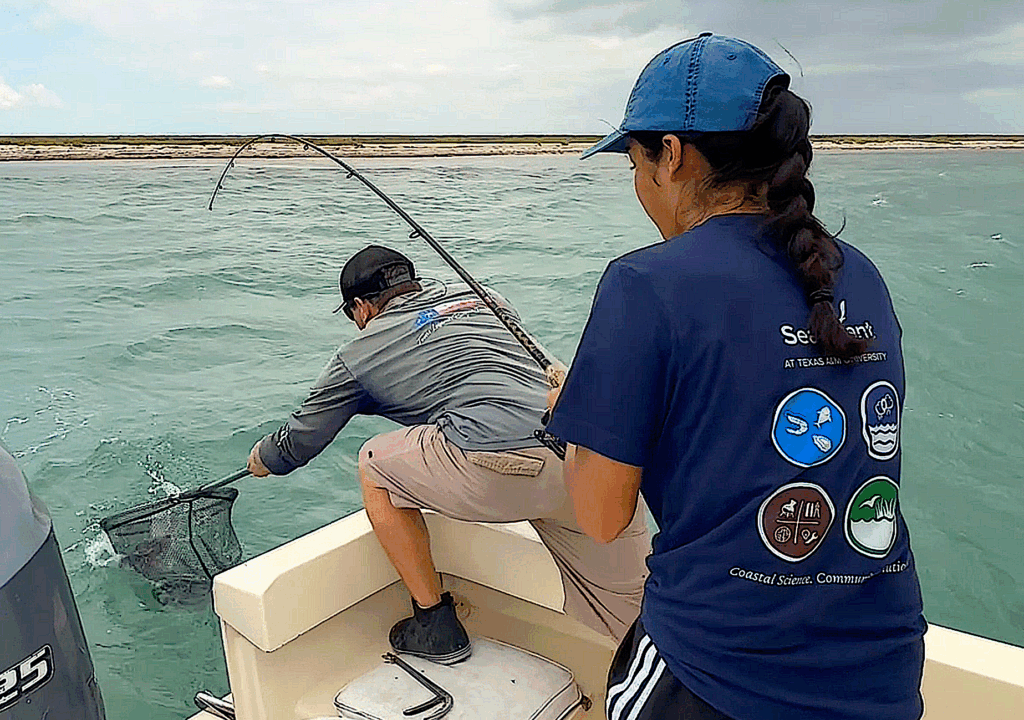
• Emma Barker, New Hampshire
Estuarine Aquaculture Research, Restoration, and Extension
• Daniel Zogby, New Hampshire
Flood-Ready Neighborhoods: Youth Engagement
• Clara Franzoni, New Hampshire
Flood-Ready Neighborhoods: Youth Engagement
• Gabrielle Levine, New Hampshire
Great Bay Estuary Bottom Habitat Monitoring Project
• Matthew Allen, New Hampshire
Great Bay Estuary Oyster and Eelgrass Restoration Project
• Margaret Eid, New Hampshire
Human Impacts on Estuarine Ecosystem Conditions
• Miradyn Feist, New York
Workforce, Marketing & Resource Development
• Isabel Hahl, New York
Freshwater Mussel Research and Education
• Elise Ruby, New York
Great Lakes Fish: Contaminants and Communication
• Genesis DaCosta, New York
Fashion and Microplastic Pollution
• Janice Yohannan, New York
Natural and Nature-Based Features Monitoring
• Crow Idnani, New York
Eco-Ambassadors Marine Debris and Microplastics

• Veda Keon, New York
Microplastics Pollution Research and Education on the Hudson River
• Aileigh Ray, New York
Great Lakes Tourism
• Kiserian Isaiah Noel, North Carolina
Water Quality Management and Engineering
• Maribel Herrera, North Carolina
Community-Driven Flood Mitigation Design
• Liam Peregrine Vaughan, North Carolina
NC Museum of Natural Science: Public Science Events
• Samuel Jose Cedeño Montalvo, Ohio
Innovative Solutions to Spotted Lantern Fly in Coastal Ohio
• Natalie Orsic, Oregon
Erosion Management Planting Guide
• Elijah Felde, Oregon
Sea Grant Scholar
• Sophia Raya, Oregon
Sea Grant Scholar
• Catelyn Toney, Oregon
Sea Grant Scholar
• Sia Agarwal, Oregon
Coastal Resilience Plan: Review and Toolkit

• Grace Sawyer, Pennsylvania
Digital Storyteller and Science Communications
• Ripley B. Kindervater, Pennsylvania
Natural History Museum
• Natalie Kitts, Pennsylvania
Aquatic Invasive Species
• Bailey Deusenberry, Pennsylvania
Environmental Education
• Ailin Harpole, Rhode Island
Environmental Education
• Elenora Vranken, Rhode Island
Commercial Fisheries
• Michael Scetta, Rhode Island
Offshore Energy
• Sophie Milman, Rhode Island
Communications
• Mary Lide Wallace, South Carolina
Raising Awareness: Communicating Emerging Contaminants
• Rebecca Arcos, Texas
Recreational Fisheries Outreach
• Adam Guillen, Texas
Sustainable Fisheries and Aquaculture
• Trinity Jones, Texas
YMCA Environmental Summer Camp
• Emma Silvey, Texas
YMCA Environmental Summer Camp
• Juliet Cattell, Texas
Water Level Sensor Data Synthesis
• Mikayla Schroeder, Vermont (Lake Champlain)
Sea Grant Scholars
• Noelle Hasan, Vermont (Lake Champlain)
Sea Grant Scholars
• Jasmine Perez, Vermont (Lake Champlain)
Sea Grant Scholars
• Maeve Schanou, Vermont (Lake Champlain)
Sea Grant Scholars
• Layla Jones, Virginia
Marine Education and Outreach
• Ava Vaughan, Washington
Community-Engaged Coastal Resilience Analysis
Other Sea Grant Undergraduate Internship Projects
• Layla LaCelle, NOAA Hollings Scholar
Microplastics Pollution Research and Education on the Hudson River
• Bradley Reimer, National Sea Grant Law Center
Ocean and Coastal Policy
